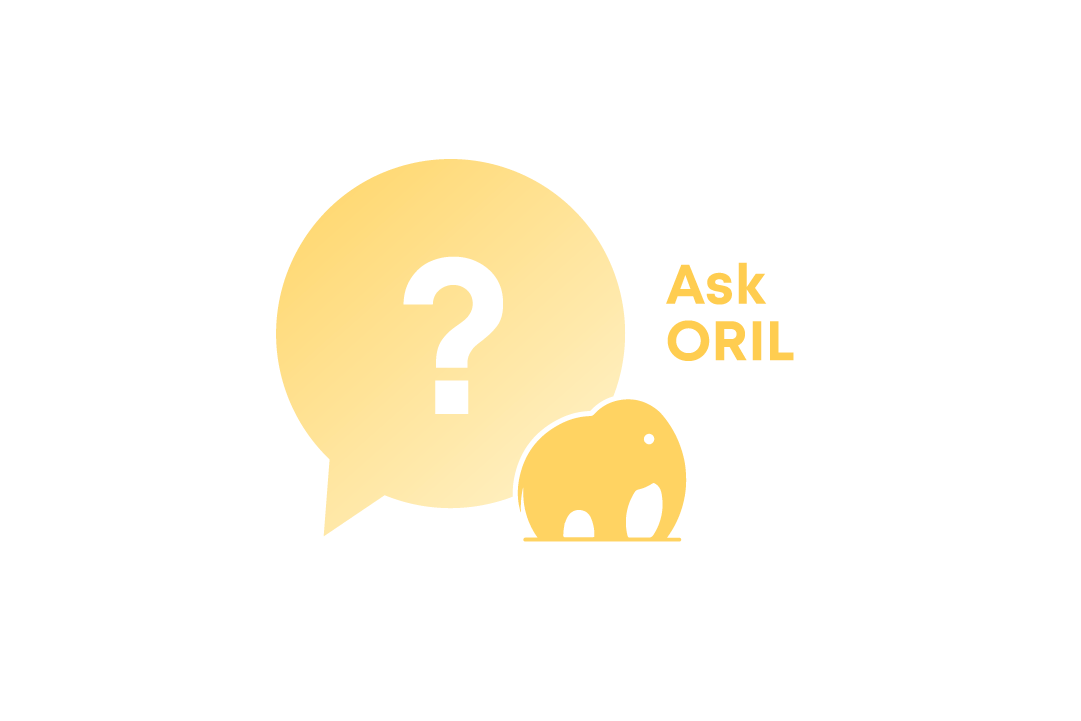Welcome to “Ask ORIL” – our special Q&A series where we answer your questions about software development. Whether you’re looking for advice or just curious about what we do, we’re here to help. Don’t hesitate to ask your questions and let our experts assist you!
Today, we’re discussing the steps from idea to Minimum Viable Product (MVP). This first stage of development allows you to reveal your idea, test the concept, and establish a solid foundation for your product’s success. Partnering with a team that is both skilled and reliable is essential in these processes.
At ORIL, we transform your software concepts into market-ready MVPs. We bring strategic insights to refine your ideas, ensuring the final product will meet your future needs and those of your users.
How Do I Move from Idea to Developing a Minimum Viable Product (MVP)?
1.Discovery Phase
The process starts when you reach out to us with your idea. We’ll analyze the idea, and your business needs and objectives to have a thorough understanding. We will then carefully analyze your requirements and create a comprehensive proposal outlining the timeline, deliverables, and cost.
At any time, a client can ask any questions or contributions they might have. We’ll consider their thoughts and refine the proposal to make sure we are on the same page. To formalize the collaboration, we sign a Service Agreement and Statement of Work (SOW), and a non-disclosure agreement for confidentiality.
2.Product Strategy Stage
Once the formal agreements are in place, we enter the product strategy stage. This is where the objectives and the overall approach and direction (roadmap) for moving an idea to MVP, are defined. The key steps include:
- Clearly defining the goals and objectives of the project.
- Analyzing the target market, understanding user needs, and identifying growth possibilities.
- Determining strategic goals and priority features based on market demand and user feedback.
- Identifying and preventing potential risks with proactive planning.
This stage serves as a focused blueprint for the entire MVP journey.
3.Product Design Phase
After formalizing agreements, we proceed to the product design phase. Our approach is modular, allowing us to tailor our methods to fit the specific needs of your vision. This ensures a customized and effective product development process. Below is an outline of the process:
- Competitive Analysis
We start by thoroughly examining your competitors. We look into their target market, evaluate service quality, pinpoint competitive advantages, analyze pricing strategies, and check if they have a mobile application. This analysis helps us identify any room for improvement in the market and develop a unique value proposition for our clients.
- Value Proposition
After analyzing the competitive landscape, we create a value proposition. Here, we clearly express the unique value the software product brings to the market, addressing specific customer challenges and pain points. We highlight the features that make it stand out from the competition.
- Job Stories
In the next stage, we create job stories. These are written narratives or statements used in product management and development to express the user’s needs and motivations. By focusing on tasks users want to accomplish, we ensure that the MVP product design addresses the actual needs of the target audience. This approach helps us find effective design solutions to fulfill these needs.
- User Flows
User flows are diagrams that show the steps different user types take when they interact with a system.. Each type of user (like a manager or a regular employee) has a specific path they follow to complete their tasks. These paths help in planning how the system will work for each kind of user and ensure that the product functions in the intended way and has no logical gaps.
- Wireframes
Next, we create wireframes — depictions of the product’s user interface. These focus on layout and structure, allowing for iteration and refinement before advancing to high-fidelity visual designs.
- UI Design
We shift from wireframes to high-fidelity visual designs. We meticulously craft the user interface, incorporating branding elements, and selecting color schemes, typography, and visual elements to ensure a visually consistent and appealing product.
- Clickable Prototype
The final leg of our product design roadmap involves creating a clickable prototype. This interactive prototype allows stakeholders and users to navigate through the product, offering valuable insights into usability and functionality before we kick off the actual MVP development phase. Furthermore, it acts as a vital reference document for the development team, enabling them to visualize interactions and aiding in the efficiency of the development process.
4.MVP Stage
Once the design phase is completed, we enter the MVP stage, focusing on defining the project’s scope and objectives. At this point, we clarify developer’s roles and their responsibilities, establish clear timelines, and set mutual expectations to ensure seamless collaboration before diving into development.
The development process is iterative and inclusive. We keep you updated regularly and conduct planning sessions to incorporate your feedback. This approach allows us to continuously improve the product, adapting to any evolving requirements. Deliverables are typically ready every 2-3 weeks, keeping the momentum steady.
To enhance our development process further, we adopt the Agile approach and Scrum framework. This means our work is organized into short, focused sprints, allowing us to be highly adaptable and responsive to changes.
Agile principles guide us to value customer collaboration, ensuring that what we build aligns closely with your needs and expectations. By using Scrum, we empower our team to self-organize and make quick adjustments, all while keeping you closely involved and informed at every step.
Finally, we reach the MVP launch. This milestone involves deploying the MVP to a live environment and introducing it to initial users. Monitoring its real-time usage and gathering user feedback helps us identify areas for further refinement, ensuring the product not only meets but exceeds expectations.
Conclusion
At ORIL, creating a Minimum Viable Product (MVP) is more than just planning and teamwork. We emphasize flexibility and really listen to what our customers say. This helps us innovate and make products that meet their needs.
Ready to bring your vision to life? Reach out to us today to start your software journey. Let’s transform your idea into a powerful and user-friendly MVP.




